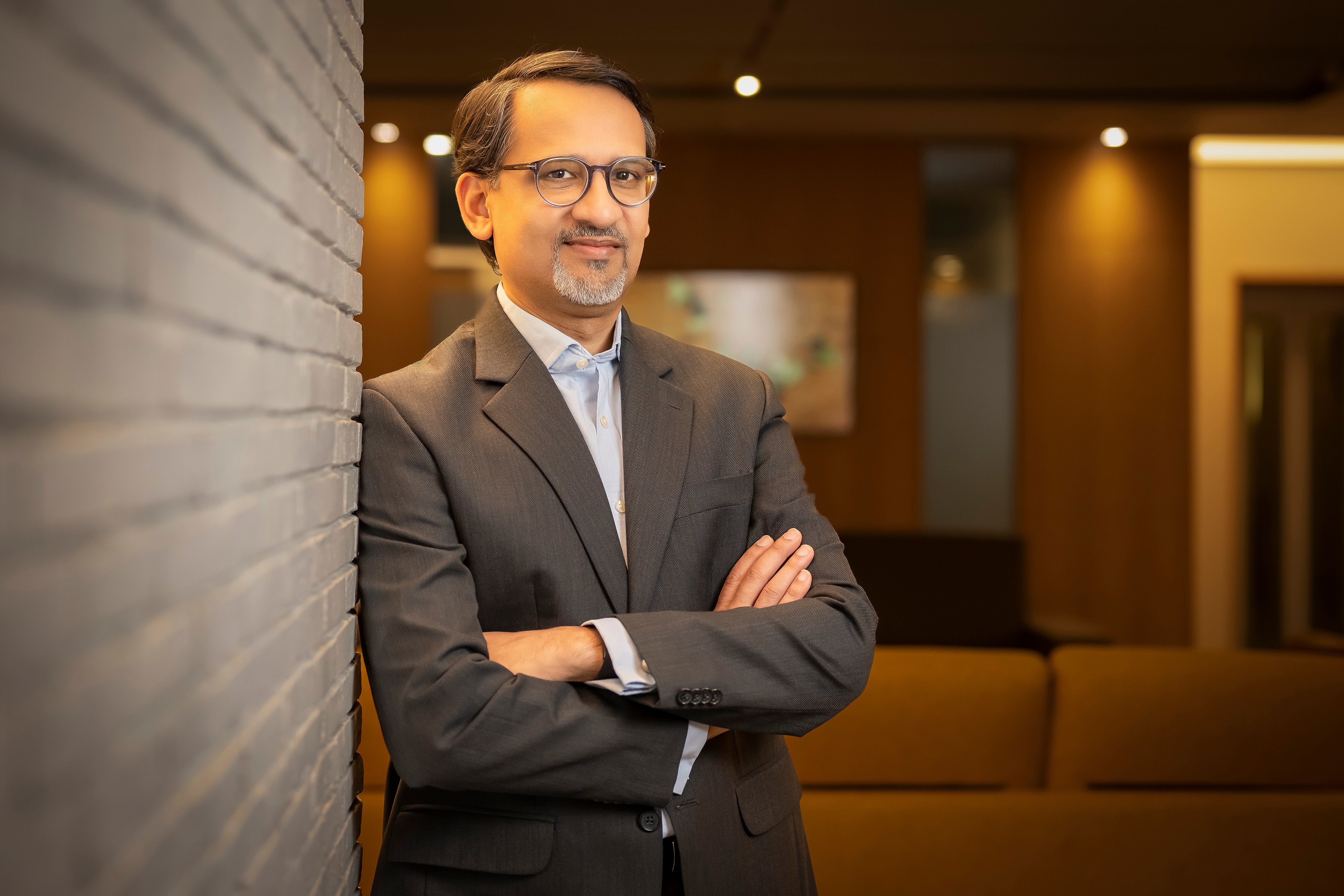
The general prognosis today is that the world is at the cusp of a prolonged pause while India stands apart as a beacon of hope. Even though the jury is out on whether India will pave the way for the next leg of global growth, there is no denying that we are currently witnessing accelerated growth in wealth and wealth in the country.
According to a recent study by Knight Frank, approximately 9 out of 10 ultra-high-net-worth individuals in India saw an increase in wealth during 2022. This is not an outlier. Over the last 3 years, there has been a consistent increase in both the number of wealthy in the country and the corresponding size of wealth.
The 360 ONE Wealth Hurun India Rich List 2022 had 67% self-made entrepreneurs, up from 54% five years ago. Inarguably, all these spell well for the wealth management industry, and the size of opportunity grows. However, correspondingly, there is a commensurate shift in the contours of the wealthy and the landscape as well. How well wealth managers navigate this shift will determine success and differentiate the winners. Select shifts of which one needs to be aware include:
Changing contours of the wealthy: One of the biggest shifts that the industry is currently witnessing is a change in the hands of holders of wealth. We are presently seeing one of the largest transfers of wealth from the older generation to the next generation. Additionally, we are also seeing many more self-made millionaires and billionaires across all age groups – both the holders of wealth and the way wealth is acquired are changing. For the industry, this translates into rewriting the playbook on client engagements – the new clients are different. They are influenced by a whole new set of factors, which impact their relationship with wealth and thus, their wealth managers.
The digital interplay: Inarguably, the pandemic accelerated the adoption of digital solutions and for a time, seemed like the panacea for all our woes. Digital solutions play a significant role in the wealth management industry, allowing wealth managers to operate and deliver services at a much higher level of efficiency while also enabling a degree of customization.
However, it is important to underscore that wealth is a very personal subject and thus, the value or role of a wealth manager can never be undermined. In the wealth management industry, digital solutions will only act as enablers, while it is the wealth managers who will anchor relationships.
‘Performance Plus’ offerings: Since the opportunity in the industry is apparent to everyone, competition in the space is definitely heating up. This is encouraging firms to focus on continuous innovation, adopt digital-first strategies, and offer customized services to clients.
However, one thing that to note is that while catering to the needs of the wealthy, managers cannot have a siloed approach wherein they limit their services only to a specific set of offerings. Wealth managers who want to be future-ready must adopt an approach that enables them to have a 360-degree view of the client’s requirements and deliver more than just performance.
The ‘Impact’ imperative: HNWIs are increasingly focused on creating a positive impact through their investments, especially in terms of Environment, Social, and Governance (ESG) metrics. They are demanding more information on sustainable investing and ESG impact, making it essential for wealth managers to cater to these requirements.
The next generation of wealthy investors is particularly interested in investing in vehicles that deliver financial returns and societal impact. Wealth managers must be prepared to integrate the diverse requirements of their clients, who are looking for active involvement in giving back to society and relying on their wealth managers to architect select initiatives.
We are currently in the midst of great change, which is giving rise to both opportunities as well as threats. Future-ready wealth management firms should recognize the shifts in the current environment, envisage the impact of these shifts on their business model, and accordingly respond to the threats and opportunities.

Read the original article:
ET Prime
